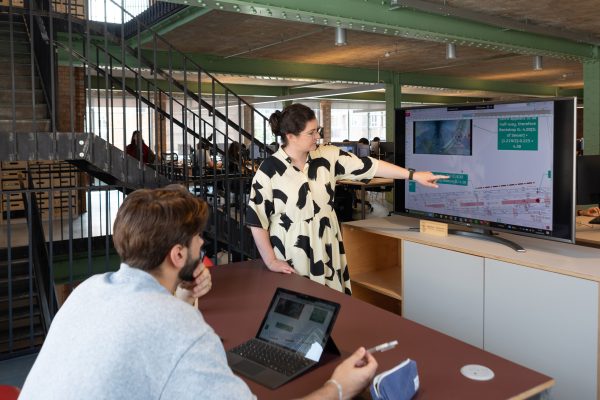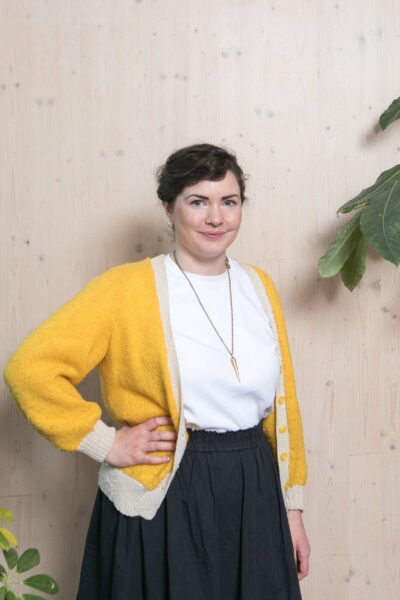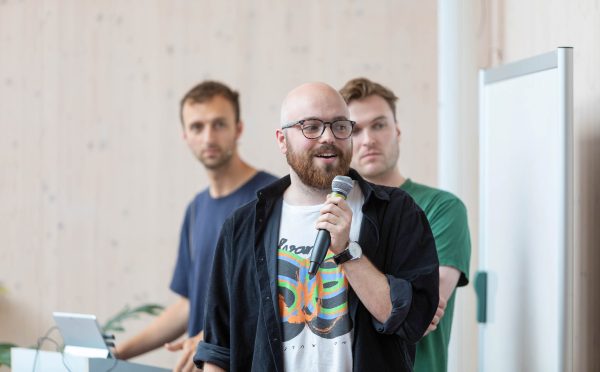Series
•5 minutes with… Carmel Lennon
How did you get into civil engineering?
As a child, I was always really fascinated with the built environment; My only family link to engineering is that my grandad was gifted at maths, he was offered a scholarship to study engineering but chose not to pursue it and to farm instead. He would quiz us on our mental maths when we helped him feed the calves which fostered my loved of maths.
I always thought I’d be a structural engineer, but when I was at university in Ireland there was a huge flood on campus, and I was fascinated by the management of water and the destruction it can cause without proper management. After moving to the UK, I started my career at the Environment Agency doing purely flood risk engineering. After around 18 months, I decided to move into the private sector and went on to work at Price and Myers, where I got chartered as a Civil Engineer, before moving to HTS as a Senior Civil Engineer in 2018.
Working for large structural and civil engineering companies broadened my knowledge and enabled me to work across multiple services, from predominantly flood risk, to SuDS, highways, and transport.
I really enjoyed seeing how all those services could tie in with one another together and being able to look at a site in a lot of different ways. There are synergies between the services, and I believe you can design better projects with all of them in mind.
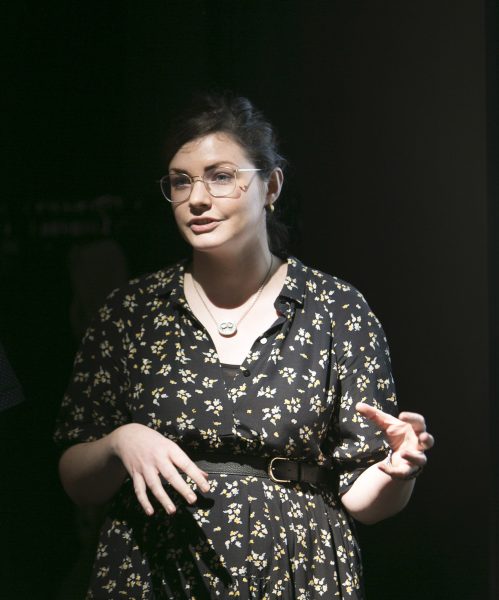
Tell us about your career progression at HTS, from Senior Civil Engineer to Director
I immediately loved HTS and when the opportunity arose, I was able to take on leadership of the Civils team. I wanted us to have a wide variety of services on offer and demonstrate how having specialist civil engineers in-house can make a project better, more carbon efficient, as well as saving money and time on the programme. When I first joined, the civil engineering team focused mainly on drainage. Since then, we have broadened to provide a variety of services, with a specialist team of 20 covering a full range of urban engineering services, taking projects from feasibility through to detailed design and construction.
HTS is a meritocracy and in my experience, it is a young and vibrant place to work. It has been great to see the company grow and for me, becoming a Director last year was testament to how talent is nurtured in the company. It also makes me very excited for the future of the civils team as we continue to expand and create space for others to progress.

Rain garden design in Wood Green Common
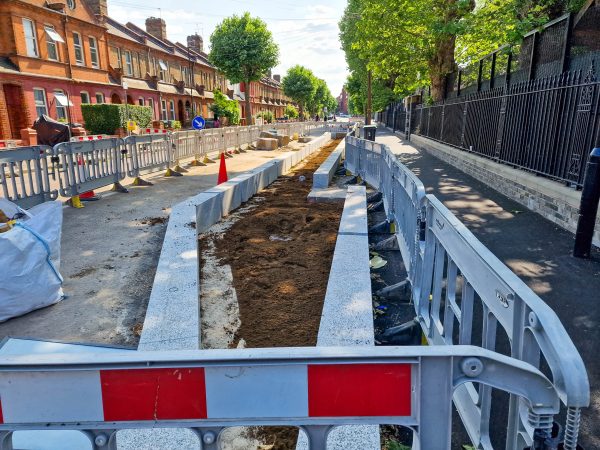
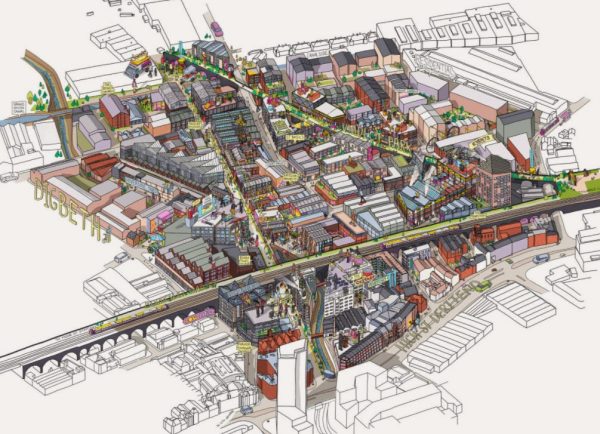
Talk us through the varied role of a civil engineer and what they bring to projects
What our civil engineering team does extremely well is being involved at a really early-stage, at RIBA stages 0 and 1, to help to de-risk a project and make it more cost effective by identifying needs from every service that we offer.
By involving a civil engineer early on, you can limit expensive diversions or extra build overs, or the last-minute raising of finished floor levels because flood risk wasn’t considered earlier. Appointing civil engineers earlier on allows you to design out issues proactively and saves money in the long term.
A success story of ours at HTS is the Digbeth masterplan, where we carefully designed residential and commercial buildings based on the differing levels of flood risk across the site. This made for a smoother planning process for a site that had such a high risk of flooding.
Our civil engineering team at HTS work on a variety of services but we are very much one team that works in unison, that communicates clearly and minimises the need for additional consultants. We also work closely with the structural and geotechnical engineers, so clients are getting a full service of talent. Our work ranges in scale massively from the detailed design of showers in basement refurbishment projects, to very large greenfield sites with tens of thousands of homes needing transport routes and drainage.
image: Digbeth Masterplan sketch, Studio Egret West

Digbeth Masterplan flood risk analysis
What’s to come?
We offer below ground drainage, flood risk and SuDS across the majority of HTS projects, as well as cut and fill solutions for larger sites. We’re increasingly providing highways and transport engineering and carbon accounting as part of our services too, all of which we have the skillset to advise on in-house. We’re a team of 20 and are growing organically, we’ve recently made some promotions in the team and have a very strong leadership group who I rely on hugely for the delivery of projects and the mentoring of our junior staff. I’m excited for the future of the team!


